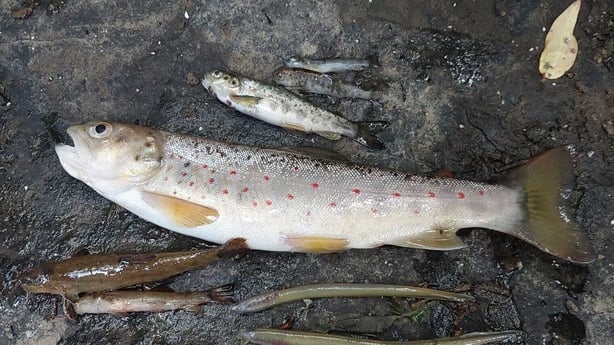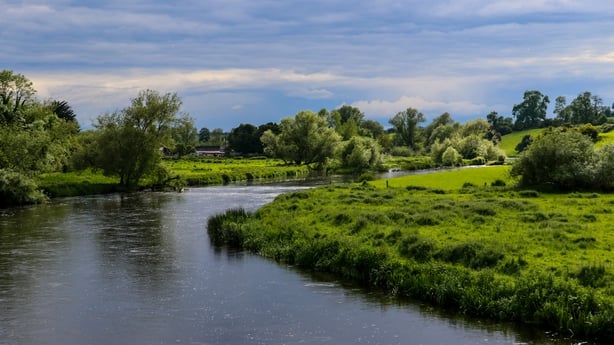There were 2,107 fish kills in Irish rivers and lakes from 1969-2022, Inland Fisheries Ireland (IFI) has revealed.
A major new report shows that counties Cork and Cavan had the worst record, accounting for the highest proportion of kills.
Counties Roscommon and Westmeath had the lowest proportion.
However, fish kills occurred in every county. Brown trout and Atlantic salmon were the species worst affected, followed by roach and European eel.
In each case it took at least three years for the fish population to recover.

Additional new figures for the period from January 2023 to July 2024 reveal that almost 19,000 fish died in 30 recorded fish kills, include ones in Donegal and Cork in June, which are under investigation.
The most common cause of fish deaths, at 23%, was agriculture. This proportion rose to 25% when the period from 2007 was examined.
Fish kill hotspots were prevalent in the east, south, and north midlands, coinciding with intensive agricultural activity and large urban centres.
The detailed study is the first comprehensive overview of related trends, locations, causes, and population recoveries over the 53-year period.
"Fish kills caused by pollution are heartbreaking for local communities," Dr Ronan Matson, lead author on the new report said.
"Many of these lethal events are needless, avoidable, and criminal."
The vast majority of kills occurred in rivers (81%), followed by lakes (12%) and artificial waterbodies such as ponds and canals (5%).

He noted that the Department of the Environment is carrying out a review of inland fisheries legislation, including of existing sanctions.
The highest percentage of fish kills attributed to municipal sources – a cause which has more than doubled since 2007 - was recorded in Co Laois, followed by counties Cork, Cavan, Dublin and Tipperary.
The second greatest cause of fish kills was eutrophication (13%), where algal blooms and excessive plant growth from nutrients deplete available oxygen in the water.
The nutrients are found in waste water, industrial effluent and agricultural run-off.
Other causes were industrial (12%), municipal discharge from water/wastewater treatment plants (8%), mining (3%) and construction (2%).

